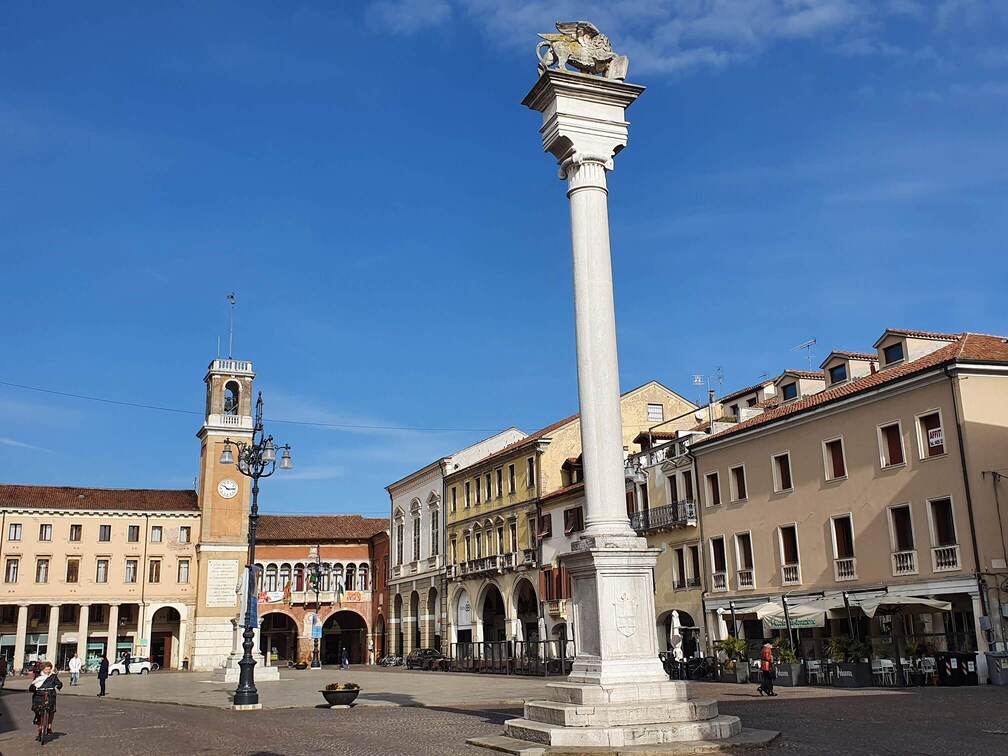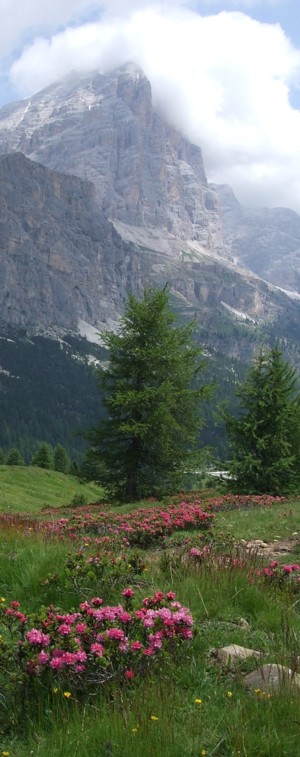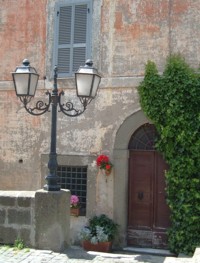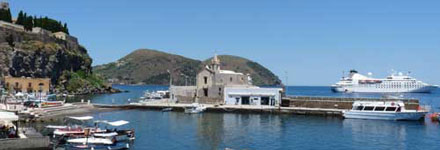The regions of Italy represent one of the most straightforward ways of studying the country. Its modern administrative areas tend to match historic territories such as kingdoms and duchies, or natural ones like islands. So they have strong identities and often geographic distinctiveness. This means that while there are plenty of good multi-region holidays to be had, it does often make sense to think of Italy by region when you’re considering travel and researching your options. Learning about the different regions can be helpful if you’re planning a holiday which isn’t limited to the main tourist centres, as well as providing an interesting overview of this varied peninsula.

Adminstratively the Italian state is divided into twenty regions. Each region is subdivided into a handful of provinces. Within these, the smallest administrative unit is a comune, which has a mayor and a local authority, but may contain just a few hundred residents.
Each Italian region has its own character and its own regional cuisine, and if you’re planning a longer holiday it’s worth considering getting to know a region in depth. Most have regional airports which are served by international flights.
Northern Italy

Liguria – runs along the coastline bordering France, and includes the Italian Riviera and the Cinque Terre. Ideal for a seaside or walking holiday, the region enjoys a mild climate in winter.
Piemonte – a more wintry region boasting grand mountains and the smart city of Turin.
Lombardy – an urbane region with lots for the culture-lover. Italy’s second (many would say first) city, Milan, is the regional capital.
Veneto – the Veneto is located in the north-east of Italy, and its most famous city is Venice, although there are many other interesting towns throughout the region.
Friuli-Venezia Giulia – Italy’s far north-eastern corner; an area with a mixture of influences and some off-the-beaten-track destinations.
Trentino-Alto Adige – in the mountainous north-east, a semi-autonomous region with a strong personality.
Aosta – north-western Alpine region.
Central Italy
Emilia-Romagna – a prosperous region with art cities and fine dining.
Lazio – a fascinating region, with lakes and countryside that are normally overlooked in favour of the regional and national capital, Rome.
Tuscany – famous for its rolling green countryside and vineyards; also towns like Florence, Siena and Pisa.

Umbria – less well-known than its neighbours, Umbria has hidden attractions as well as popular destinations like Assisi.
Abruzzo – down the eastern side of Italy’s spine, boasting both mountainous national parks and coastline.
Southern Italy and islands
Campania – chaotic but beautiful, Campania’s attractions range from hectic Naples to dream-like Capri and Positano.
Sicily – an island with a history all of its own, Sicily has beaches, baroque towns and ancient Greek ruins.
Sardinia – large island with a distinctive character, mountains, ancient ruins and famous beaches.
Calabria – mostly popular for beach holidays, it also has remote national parks.
Puglia – a recent addition to the tourist trail, this is the home of those photogenic round houses called trulli.
Molise – small mountain region with Adriatic shoreline, not much visited by foreign tourists
Basilicata – remote Basilicata is mountainous and home to Matera, the town famous for its cave-dwelling districts.
